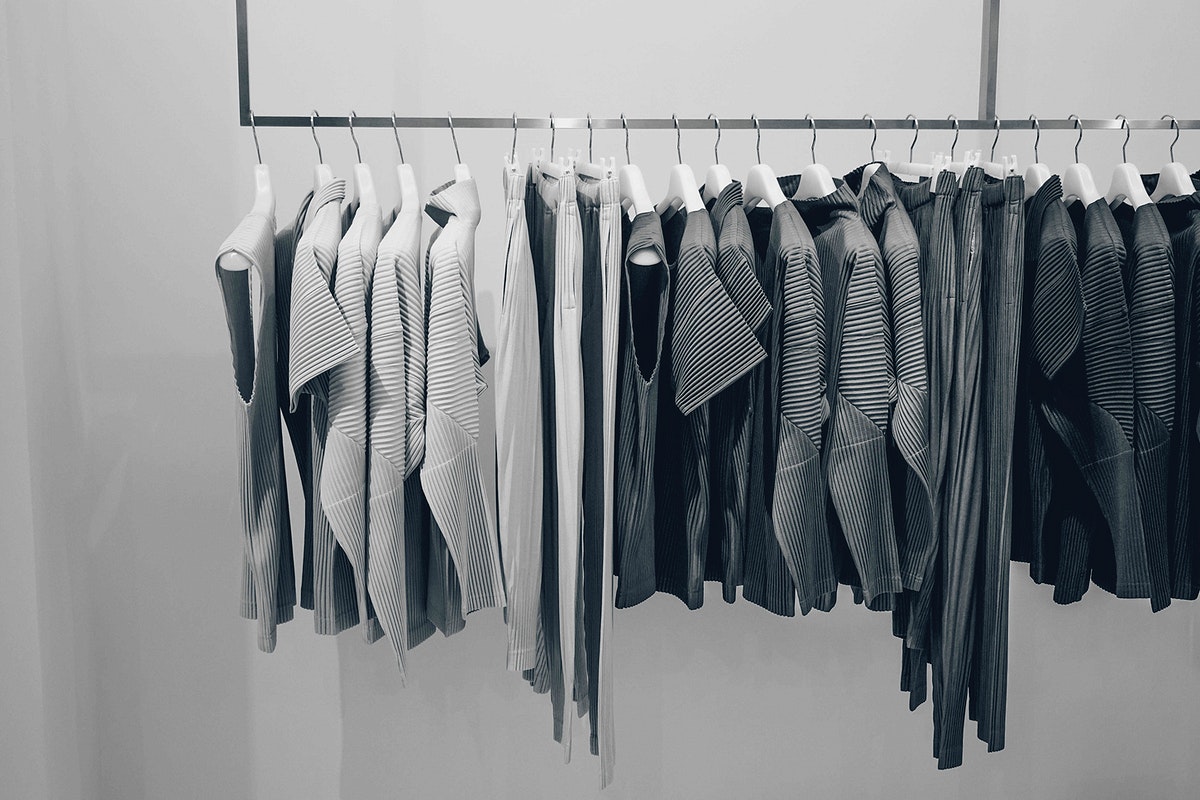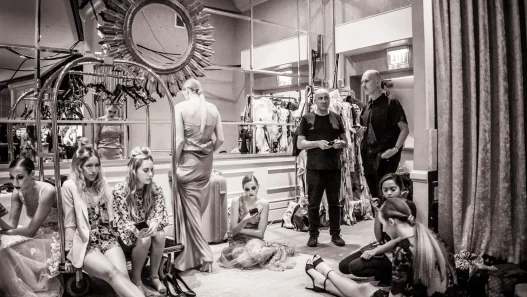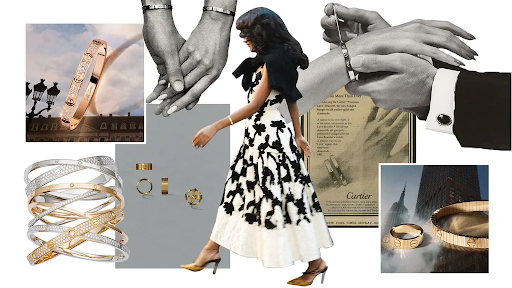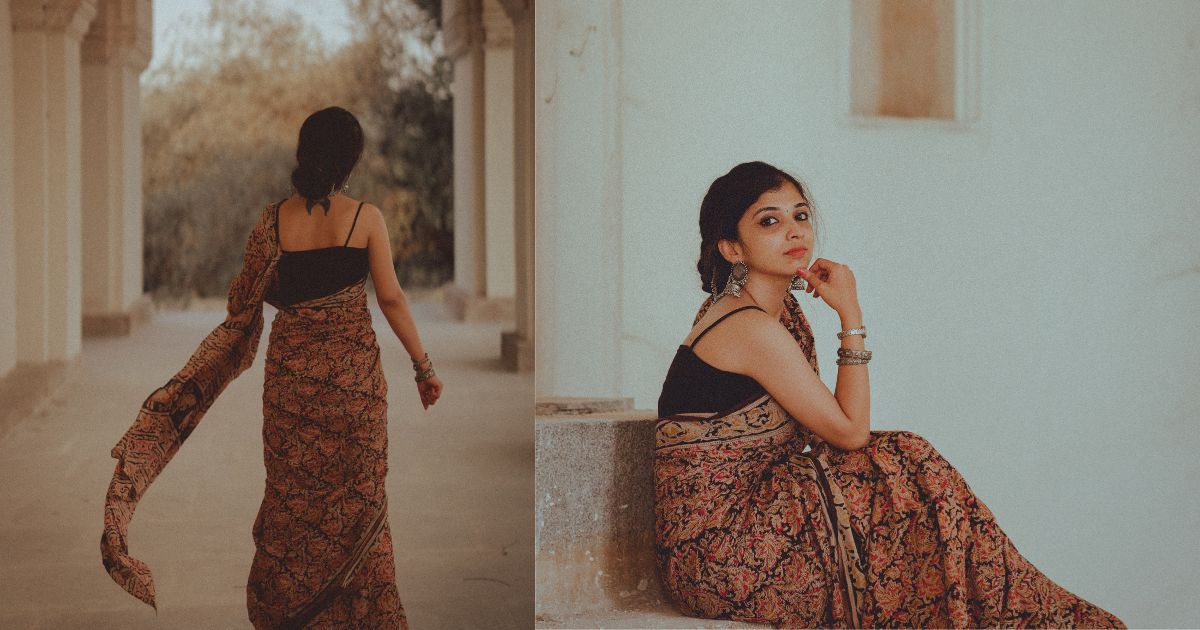In most nations, it is usual to see students wearing uniforms. How uniforms came to be had an intriguing history. Around 1979, school uniforms were implemented in the United States in an effort to stop student fights over designer clothing. In order to reduce gang violence in schools, President Clinton successfully established the uniform policy.[1] During the British colonial era, school uniforms were implemented in nations like Pakistan and India. In these nations, senior secondary school females typically wear “Salwar Kamiz,” whereas boys typically wear slacks and shirts.[2]
The most hotly contested issue among parents and educators currently is the academic dress code. Many opponents have claimed that wearing uniforms has little effect on a student’s way of thinking and does significantly lessen inequality in society. The claim that school uniforms restrict personal expression is the most frequently used defence against them. Kids and teenagers express themselves and identify with particular social groupings through their clothing choices. Many students who oppose school uniforms claim that when they are denied the freedom to express themselves through clothing, they lose their sense of self.[3] In Tinker v. Des Moines Independent Community School District[4] (7-2, 1969), the US Supreme Court, for example, held that “it can hardly be claimed that either that either students or teachers shed their constitutional rights to freedom of speech or expression at the schoolhouse gate.” The School Inspectorate, a government organisation in Sweden, found that wearing a uniform violated students’ human rights because “dress and style should be considered an individual expression, decided by the students themselves.”[5] On the other hand, in Long Beach, CA, after two years of a district-wide K-8 mandatory uniform policy, reports of assault and battery in the district’s schools decreased by 34%, assault with a deadly weapon dropped by 50%, fighting incidents went down by 51%, sex offenses were cut by 74%, robbery dropped by 65%, possession of weapons (or weapon “look-alikes”) decreased by 52%, possession of drugs went down by 69%, and vandalism was lowered by 18%.[6] Therefore, the arguments for and against uniforms have been floated about by various organizations and governments.
However, the uniform policy adopted by India poses unique challenges.
The freedom of speech and expression is guaranteed by Article 19(1)(a)[7] of the Indian Constitution. But this is limited by school dress codes. This is due to the fact that, despite India’s diversity, which includes a wide range of cultures and clothing, school uniforms prevent kids from exploring their unique identities through clothing. This has the additional effect of causing many cultural practises to disappear. Thus, the uniform approach might also be viewed as an infringement on minority communities’ right to preserve their cultural customs.
A person’s identity may also be heavily influenced by their religion. Some people’s lives are centred on the theological principles and worship practises of a particular religion. More so than its doctrine and practises, a religion’s community and culture attract outsiders. Many people even feel a part of a religion’s culture even though they never partake in its rituals. Some individuals feel liberated to select their own religion or to reject all religion as a component of their identity. Others believe they are unable or unwilling to alter their religion because they were born and raised in it. Although everyone has a different relationship with religion, it is undeniable that religion may have an impact on people’s lives and habits.[8] Many Indians also show their religious adherence by their clothes, including the usage of specialised apparel, jewellery, and other aspects of their personal appearance like beards, in addition to religious activities like praying, attending places of worship, or maintaining a home altar. For instance, the majority of Christians (61%), Muslims (50%) and Hindus (52%) all said they typically wear a religious pendant.[9] Additionally, the majority of Sikh men and women maintain their long hair and wear a traditional metal bracelet called a kara. A large number of these customs are gender-specific. The vast majority of Muslim men (84%) and the majority of them (64%) also claim to have beards. Similarly, 83% of Sikh males have beards and wear turbans.[10] Indians who pursue their religion more strictly tend to adhere to these customs regarding dress and appearance. As a result, religion undoubtedly has an impact on how someone dresses. Despite the fact that freedom of religion, or the right to practise, profess, and propagate any religion, is a basic right guaranteed by Article 25[11] of the Indian Constitution, uniforms nonetheless restrict people’s ability to display their religious beliefs. The Karnataka Government’s prohibition on the hijab at educational institutions amply demonstrates the conflict between the requirement for uniformity and each person’s freedom to practise their religion.[12]
In accordance with Article 21[13] of the Indian Constitution, the right to express oneself freely is another crucial component of that right. The Supreme Court reinterpreted Article 21[14] in the historic decision of Maneka Gandhi v. UOI[15], declaring that the right to life encompasses more than only the physical right to life and also includes the right to live in dignity. Since the ability to express oneself and build an identity is a requirement for living with dignity, school uniforms have the potential to restrict this liberty. Another interesting point to note is that one of the main arguments put forward in favour of uniforms is that it ensures equality between students. It’s also noteworthy to notice that one of the key justifications for uniforms is that they guarantee student equality. Here, it is asserted, uniforms have also served as a status symbol in more recent times, despite its role as an equalizer in the Indian society. School uniforms frequently lead to disparities between pupils attending wealthy private schools and those attending public institutions. The validity of the equality argument in the modern day must thus be investigated as to whether it can alone stand as a sufficient reason for restricting an individual’s fundamental freedoms.
Furthermore, pupils’ gender identities are not taken into account by school uniforms, which are highly restrictive in character. Uniforms just compound the problems faced by non-binary and trans people in India, where their rights are still not widely recognised. Uniforms that are exclusively designed for girls and boys run the risk of making queer pupils’ gender dysmorphia worse. This might put gender-queer students at a disadvantage in many ways.[16] Additionally, these dress codes and uniforms have typically been founded on patriarchal norms, which furthers these prejudices.
As a result, uniforms have long been defended for their potential to promote equality; nonetheless, it is now imperative to critically assess how they may affect the free expression.
[1] Eric Layer, Student Expression, School Dress Codes and Uniforms, Freedom Forum (Sept. 19, 2017), https://www.freedomforum.org/clothing-dress-codes-uniforms/.
[2] Opinionfront.Com, https://opinionfront.com/history-of-school-uniforms.
[3] School uniforms restrict students’ freedom of expression. | School Uniforms, ProCon.org https://school-uniforms.procon.org/arguments/school-uniforms-restrict-students-freedom-of-expression/.
[4] US Supreme Court, Tinker v. Des Moines Independent Community School District, law.cornell.edu, Feb. 24, 1969.
[5] Elin Hofverberg, “Sweden: School Inspectorate Says School Uniforms Are Human Rights Violation,” loc.gov, Feb. 1, 2018.
[6] Should Students Wear Uniforms Research Paper, Ipl.Org https://www.ipl.org/essay/Why-Students-Shouldn-T-Wear-School-Uniforms-FJ27WGAQU.
[7] INDIA CONST., art 19(1)(a).
[8] Religion and Identity, Facing History and Ourselves (May 12, 2020), https://www.facinghistory.org/resource-library/religion-identity.
[9] Travis Mitchell, 9. Religious clothing and personal appearance, Pew Research Center (June 29, 2021), https://www.pewresearch.org/religion/2021/06/29/religious-clothing-and-personal-appearance/.
[10] Id.
[11] INDIA CONST., art 25.
[12] Hijab Ban in Karnataka Educational Institutions, Supreme Court Observer (Oct. 13, 2022), https://www.scobserver.in/cases/hijab-ban-karnataka-educational-institutions/.
[13] INDIA CONST., art 21.
[14] INDIA CONST., art 21.
[15] Maneka Gandhi v. UOI AIR 1978 SC 597.
[16] School uniforms: Struggles, trauma of gender diverse students, Education News,The Indian Express (Dec. 4, 2021), https://indianexpress.com/article/education/school-uniforms-struggles-trauma-of-gender-diverse-students-7647501/.
Author: Athira Mathew
















